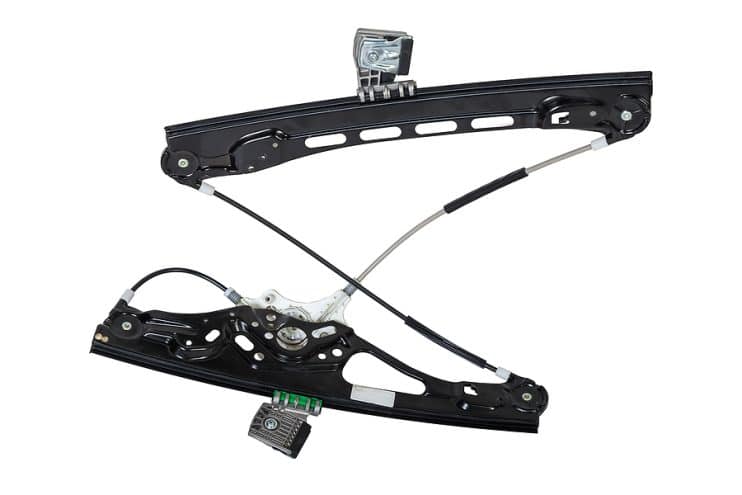
Your car window regulator is a device that raises or lowers your car windows. Usually made up of a motor, gears and a rail or track, it sits inside the door panel of your vehicle.
When you activate the car window regulator, either manually or electrically, it prompts the motor to turn the gears, moving the glass up or down along the rail or track. Depending on your vehicle, you may have a handle to rotate manually, or a switch to do it electrically.
Table of contents:
- Types of car window regulators
- What are the top signs that your car window regulator is failing?
- What causes a car window regulator to fail?
- Is it the window regulator that’s faulty, or the motor that powers it?
- How to extend the life of your window regulator
Types of car window regulators
There are two main car window regulator types:
- scissor-type
- cable type
While each performs the same function of moving your vehicle’s windows up and down, they differ in how they do it.
A scissor-type window regulator uses a mechanism that looks like a pair of scissors and is made up of a system of gears and pivots that move the window glass up and down. These regulators tend to be more reliable because they are simpler in design and have fewer components and moving parts.
A cable-type window regulator uses a system of cables and pulleys attached to a motor. When the motor is activated, the cables and pulleys pull the window glass up or down. These types of regulators, while more complicated and subject to wear and tear than scissor types, are smaller in comparison and easier to install within the door panel.
What are the top signs that your car window regulator is failing?
Window moves slower or faster than usual
If your window seems to be moving slower than usual, or faster, then there could be a fault with the regulator itself, or the moving parts within it, such as the gears, cables or pulleys. This also applies if your car’s window only moves a little way up or down.
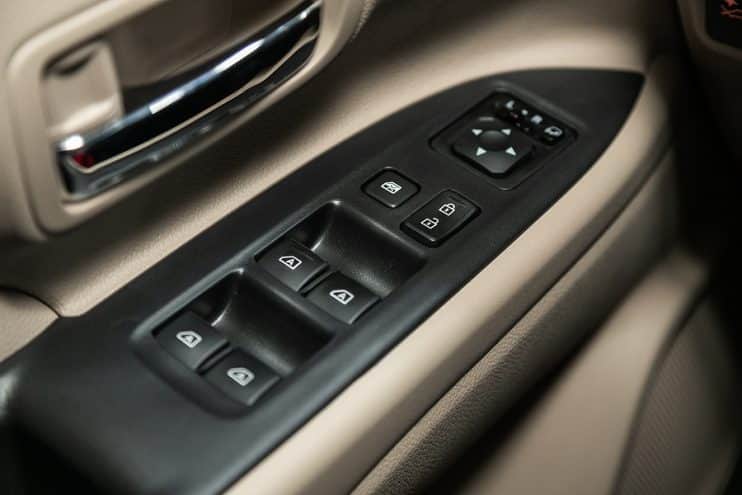
Window falls inside the door
If you’re suddenly startled by a window falling into the door frame while you’re trying to move it, it’s likely that your car window regulator has completely failed. It’s also possible that the glass has fallen out of the regulator.
It’s best to have this checked out as soon as possible. Leaving a vehicle without a window can make it vulnerable to thieves and damage from bad weather.
Window won’t stay up
If your window is sliding down then you may have a problem with the components within your regulator, such as faulty cables, gears or worn-out rails and tracks.
Window tilts or sticks
A tilting or sticking window could be a sign of a damaged regulator, or a regulator that has become misaligned. Damaged cables or bent rails or tracks could be the culprit.
Window makes unusual noises while moving
Grinding, clicking or other odd sounds may be an indicator of wear and tear on the gears or cables, or a sign that the regulator motor is failing.
Button doesn’t always work
If your button works intermittently or doesn’t work at all, there could be a problem with the wiring that connects the button to the motor, or dirt and debris could have built up on the contacts of the window button. However, it’s also a sign that the window regulator is not functioning correctly so it’s worth getting checked out.
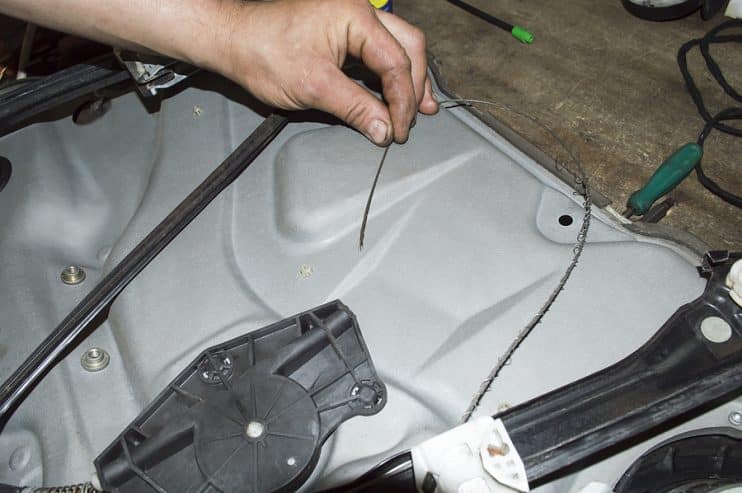
What causes a car window regulator to fail?
There are lots of reasons why your car window regulator may slowly become faulty or suddenly stop working. Here are some possible factors:
- Wear and tear: As with any system that contains moving parts, each part can wear out over a period of time. Although most car window regulators are designed to last the life of the vehicle, they can be affected by weather, overuse, dirt, debris or corrosion from moisture and water.
- Improper use: Opening and closing the window repeatedly (something kids love to do) can cause faults to develop as it puts too much stress on the system.
- Accidents: Having a collision or a hard impact can damage the window regulator.
Is it the window regulator that’s faulty, or the motor that powers it?
To check whether it’s the window regulator or the motor that’s causing problems with your vehicle’s window function, try moving your window manually if you can. If you find that you can move it without much resistance then it’s likely that the motor has failed. If it’s hard to move then the regulator is probably faulty.
How to extend the life of your window regulator
Good maintenance will prevent damage to your car window regulator. Here are some useful tips to ensure you keep yours in good working order::
- Don’t open your windows in frozen conditions: If your windows are frozen shut avoid opening them as this can put unnecessary strain on the motor. Instead, defrost them first before opening them.
- Keep your windows clean: Give your windows a regular clean to remove dust, dirt and debris that can build up on the tracks.
- Fix any issues as soon as you can: Have your windows inspected and repaired as soon as you notice any issues such as unusual movement, stuck windows or grinding motor noises. Spending a little money now will save you more cash on a new or used window regulator in the long run.



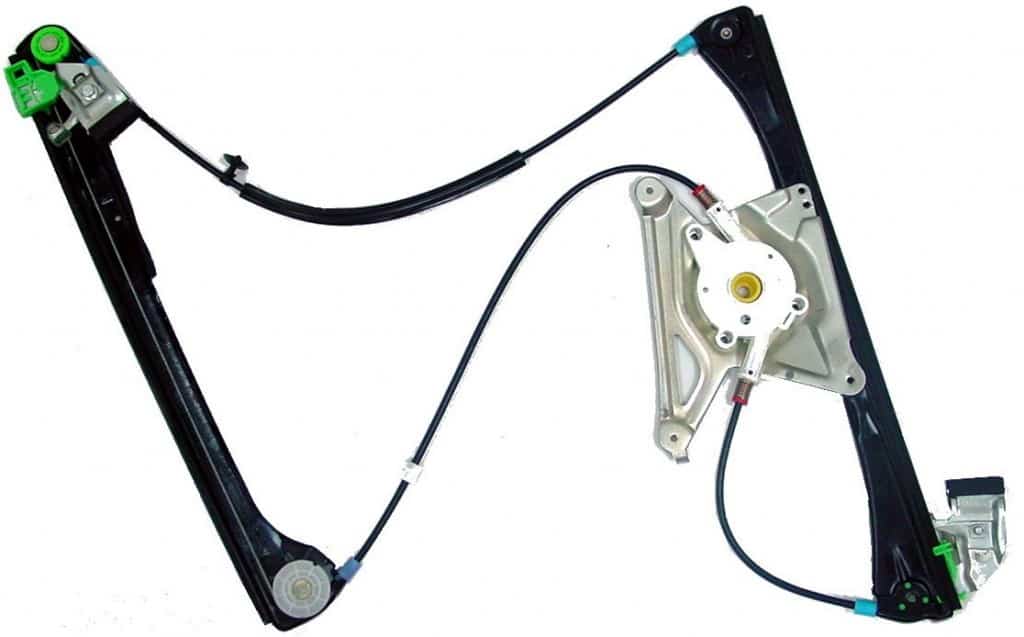
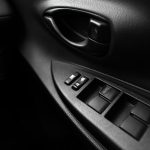

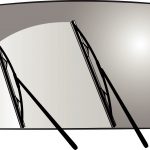
.png)